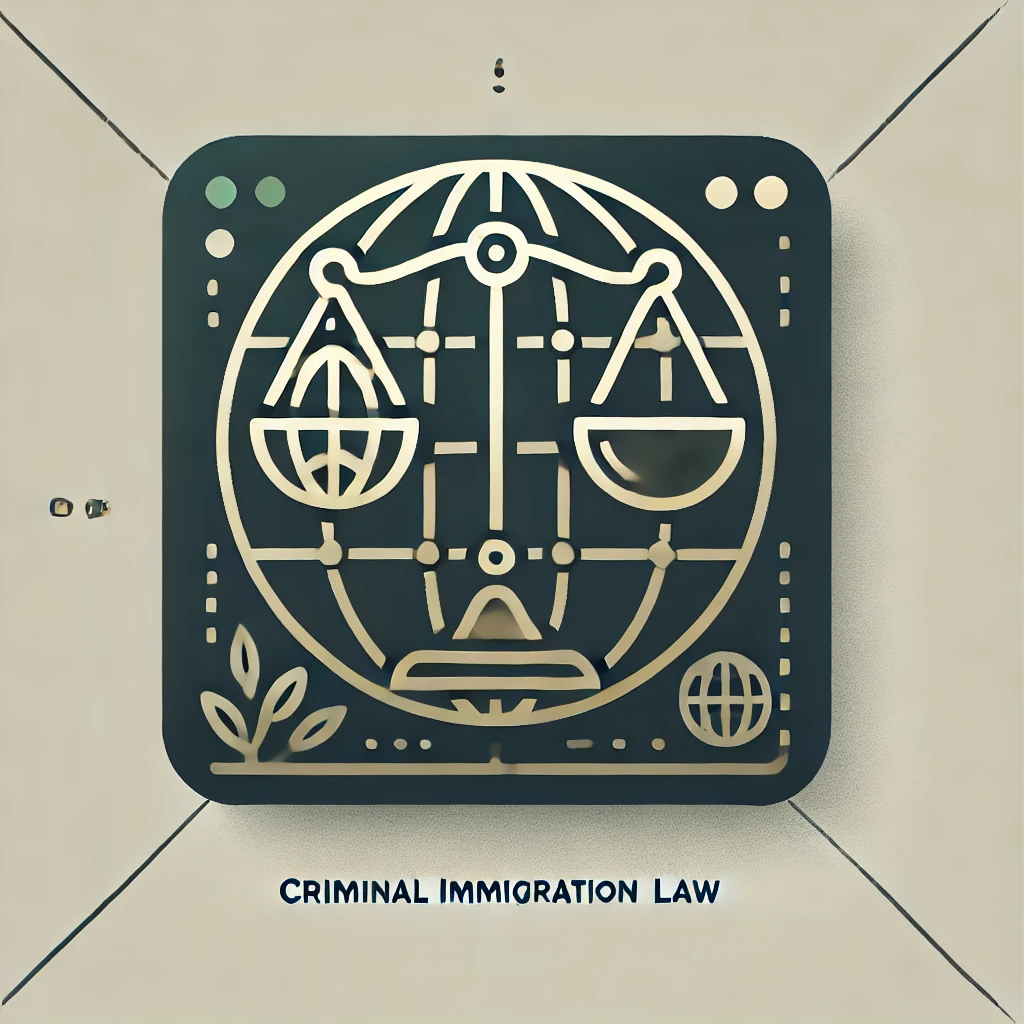Are you or a loved one facing removal proceedings? The thought of being deported from the country can be overwhelming and frightening. However, there are steps that can be taken to stop removal proceedings and potentially prevent deportation. In this article, we will discuss the process of stopping removal proceedings and provide you with a step-by-step guide to help you navigate this complex and stressful situation.
Understanding Removal Proceedings
Before we dive into the steps to stop removal proceedings, it is important to understand what they are and how they work. Removal proceedings, also known as deportation proceedings, are legal proceedings initiated by the U.S. government to remove a non-citizen from the country. These proceedings are typically initiated when the non-citizen is found to have violated immigration laws or is deemed inadmissible or deportable.
Step 1: Seek Legal Representation
The first and most important step in stopping removal proceedings is to seek legal representation. Immigration law is complex and constantly changing, and having an experienced immigration attorney by your side can greatly increase your chances of success. Your attorney will be able to assess your case, advise you on the best course of action, and represent you in court.
USCIS taking too long? Discover how a Mandamus lawsuit can get your case moving.

Step 2: Determine Eligibility for Relief
Once you have secured legal representation, your attorney will assess your case to determine if you are eligible for any form of relief. Relief refers to any legal avenue that can be pursued to prevent deportation. Some common forms of relief include asylum, cancellation of removal, and adjustment of status. Your attorney will be able to determine which form of relief is best suited for your case.
Get complimentary general advice via email or WhatsApp!
For more in-depth legal counsel, phone or office consultations are available for a flat fee for up to 40 minutes.
Contact Us on WhatsApp Visit Our Contact PageStep 3: File Appropriate Applications and Forms
If you are found to be eligible for relief, the next step is to file the appropriate applications and forms with the immigration court. These forms and applications will vary depending on the type of relief being sought. Your attorney will be able to guide you through this process and ensure that all necessary documents are filed correctly and on time.
Step 4: Attend All Court Hearings
It is crucial to attend all court hearings related to your removal proceedings. Failure to appear can result in an automatic deportation order. Your attorney will be able to represent you in court and present your case to the judge. It is important to be honest and transparent with your attorney and provide them with all necessary information to build a strong defense.
Step 5: Gather Evidence and Prepare for Trial
If your case goes to trial, your attorney will need to gather evidence and prepare a strong defense to present to the judge. This may include gathering documents, obtaining witness statements, and preparing you for testimony. It is important to work closely with your attorney during this stage to ensure that all necessary evidence is presented.
Step 6: Attend Your Trial
During your trial, the judge will hear arguments from both sides and review the evidence presented. Your attorney will argue on your behalf and present evidence to support your case. It is important to remain calm and follow your attorney’s instructions during the trial.
Step 7: Await the Judge’s Decision
After your trial, the judge will make a decision on whether to grant relief and stop the removal proceedings. If the judge grants relief, you will be able to remain in the country. If the judge denies relief, you may have the option to appeal the decision or explore other legal options with your attorney.
Conclusion
Facing removal proceedings can be a daunting and stressful experience. However, by seeking legal representation, determining eligibility for relief, filing appropriate applications and forms, attending court hearings, gathering evidence, and attending your trial, you can increase your chances of stopping removal proceedings and remaining in the country.
FAQs
- Can I stop removal proceedings without an attorney?
- How long does the process of stopping removal proceedings take?
- Can I appeal a decision to deny relief?
While it is possible to represent yourself in removal proceedings, it is highly recommended to seek legal representation. Immigration law is complex and constantly changing, and having an experienced attorney by your side can greatly increase your chances of success. The process can vary depending on the individual case and the type of relief being sought. It can take anywhere from a few months to several years to stop removal proceedings. Yes, in most cases, you have the option to appeal a decision to deny relief. It is important to discuss this option with your attorney to determine the best course of action for your case.
You may find this article especially insightful: https://criminalimmigrationlawyer.com/2024/10/02/que-es-una-corte-de-inmigracion/
Looking for in-depth legal counsel? Call us or visit our contact page to schedule a paid consultation.
Call Us Visit Our Contact PageThis post provides more context and examples: https://criminalimmigrationlawyer.com/2024/10/02/k-1-visa-interview-common-questions-and-how-to-answer/
Q: What are the common forms of relief available to stop removal proceedings?
A: Common forms of relief available to stop removal proceedings include asylum, cancellation of removal, and adjustment of status. Each form of relief has specific eligibility requirements and procedures. It is essential to consult with an experienced immigration attorney who can assess your individual circumstances and guide you in determining the most appropriate form of relief for your case. This tailored approach can significantly enhance your chances of successfully halting the removal process.
